Monarch butterfly tagging brings net collectors out to Fossil and Prairie Park
By Kelly Terpstra, kterpstra@charlescitypress.com
Somewhere among the blazing stars and yellow goldenrods of Iowa’s tall prairie grass, a monarch butterfly rests its wings.
That’s when the timing is right.
With nets in hand, nature enthusiasts swooped in on Sunday afternoon at the Fossil and Prairie Park outside Rockford.
It was catch and release, with a tag in between.
The late summer outdoor excursion brought about 40 people out to help document and tag the brightly colored butterflies that will soon migrate south to Mexico.
Floyd County Conservation Naturalist Heidi Reams informed the group that the fun endeavor not only allows participants the chance to interact with the outdoors, but tagging the female insects helps monitor their progress as they lays eggs on their journey away from the Midwest. Tagging can also determine the population numbers of the butterflies.
“It’s getting the public to be citizen scientists, because they’re actually an active part of the research,” said Reams. “It’s hands-on.”
The tag is a sticker about half the size of a penny and includes small numbers and letters. There is a website – mwtag.org – listed on the tag where one can go to follow the path of the monarch. The website is run by Monarch Watch, a volunteers-based citizen science organization that is located at the University of Kansas.
Reams was standing outside the Fossil and Prairie Park Nature Center Sunday waiting for collectors with nets to come back to document their finds. The date and location of where the butterfly was tagged was recorded, as well as its sex and whether it was caught in the wild or had been raised and released.
What’s the secret to catching this flighty insect?
“I always tell the kids you have to be sneaky. You can’t just go running out there willy nilly,” said Reams. “I have yet to see anyway catch one in the air. It’s better if you wait and watch them land.”
Gene Anderegg of Charles City attended the tagging activity and he caught two monarchs within 20 minutes. He scans the grasslands on the lookout for the flickering, bright orange and reddish creatures. He said it’s similar to mushroom hunting, except the fungi don’t move.
“I just lay back and glance out over the whole field and if I spot one, I just go and grab it,” said Anderegg. “I just try to stay back and let ‘em come to me – kind of like hunting.”
This is the first time Anderegg has ever searched for and tagged wild butterflies, he said. Like hunting for wild mushrooms, Anderegg said they’re tough to spot when you are standing right on top of them.
Monarchs are picky eaters and only eat milkweed during the caterpillar stage. Reams said monarchs will eat 1,000 times their weight while transforming from a caterpillar to chrysalis to butterfly.
“The basic caterpillar life is eat and grow, eat and grow,” said Reams. “From egg to adult takes a month. Their life spans are pretty fast.”
Reams said when the butterflies emerge from their chrysalises their wings are kind of damp and folded up.
“They will actually squeeze fluid from their bodies to straighten out their wings,” she said. “They’ll flap a few times as if to dry and hang out and then they take off flying. So unlike birds and other animals that have to learn how to fly, they instinctively know.”

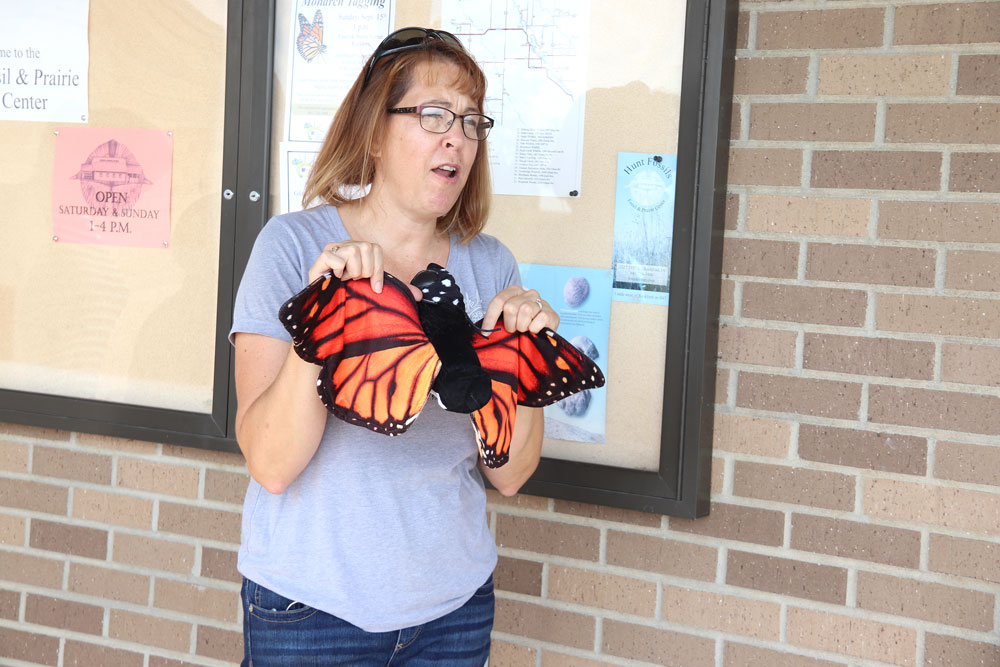
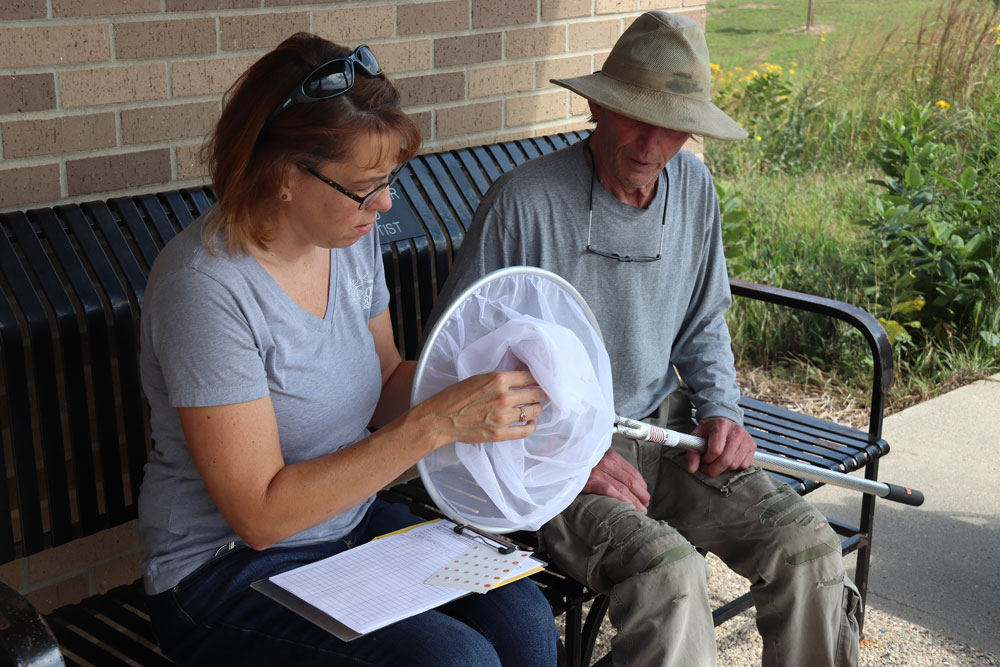
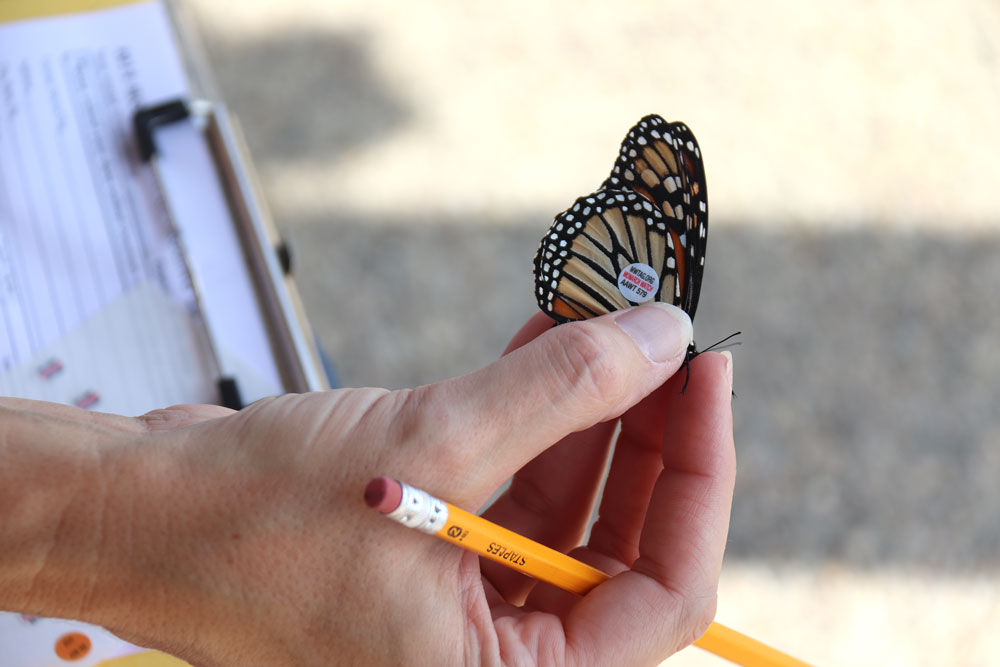
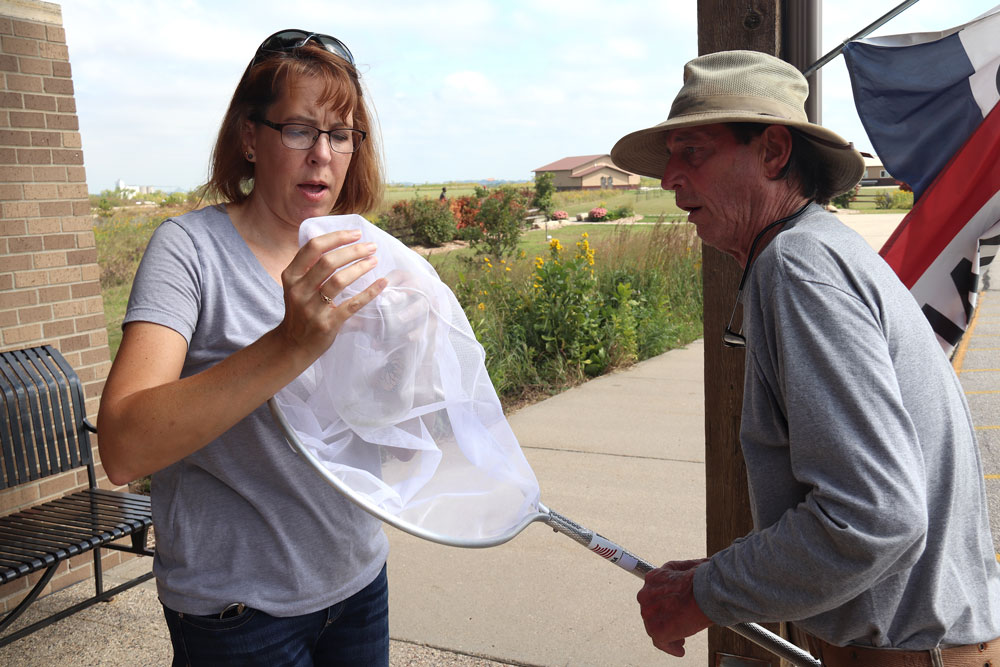
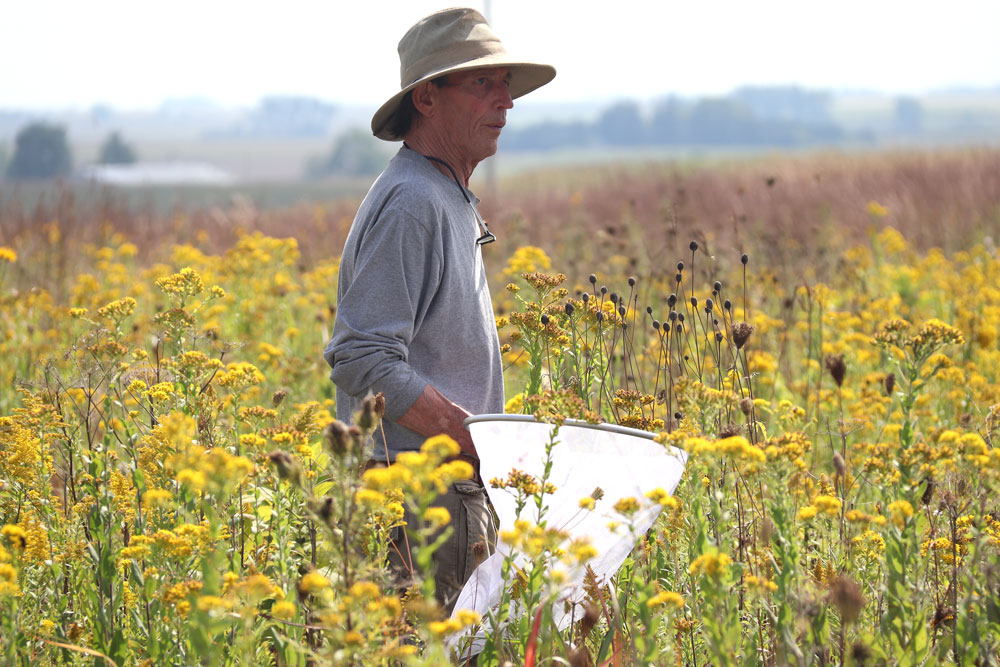
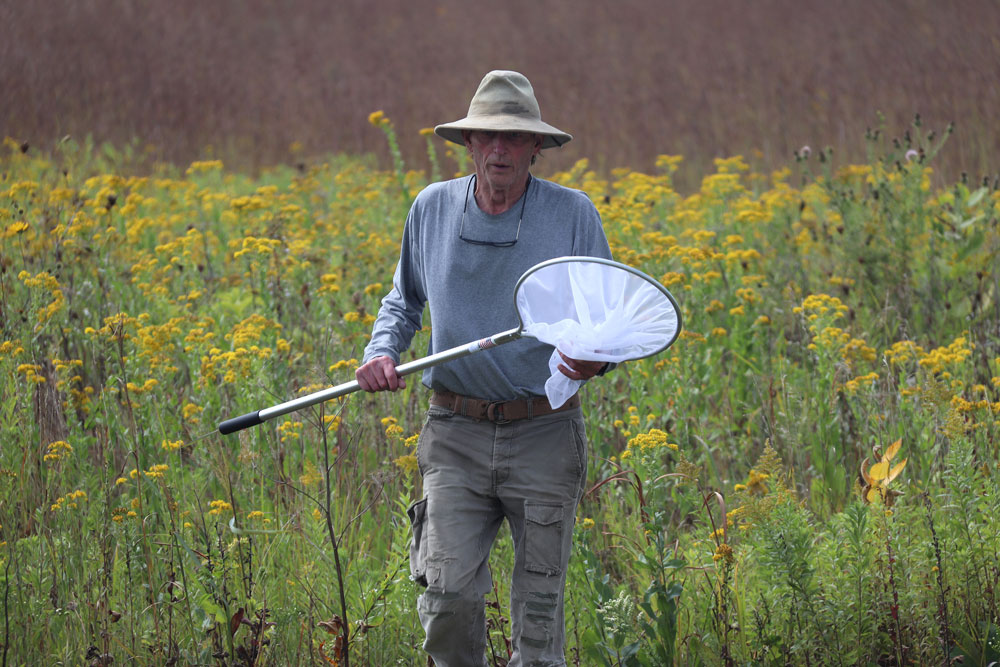
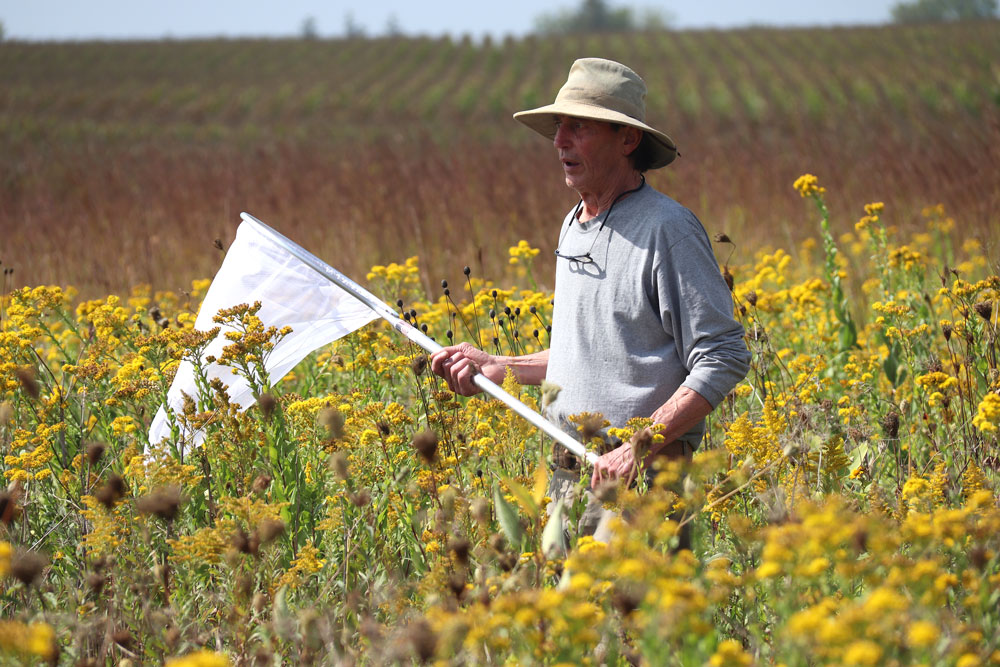
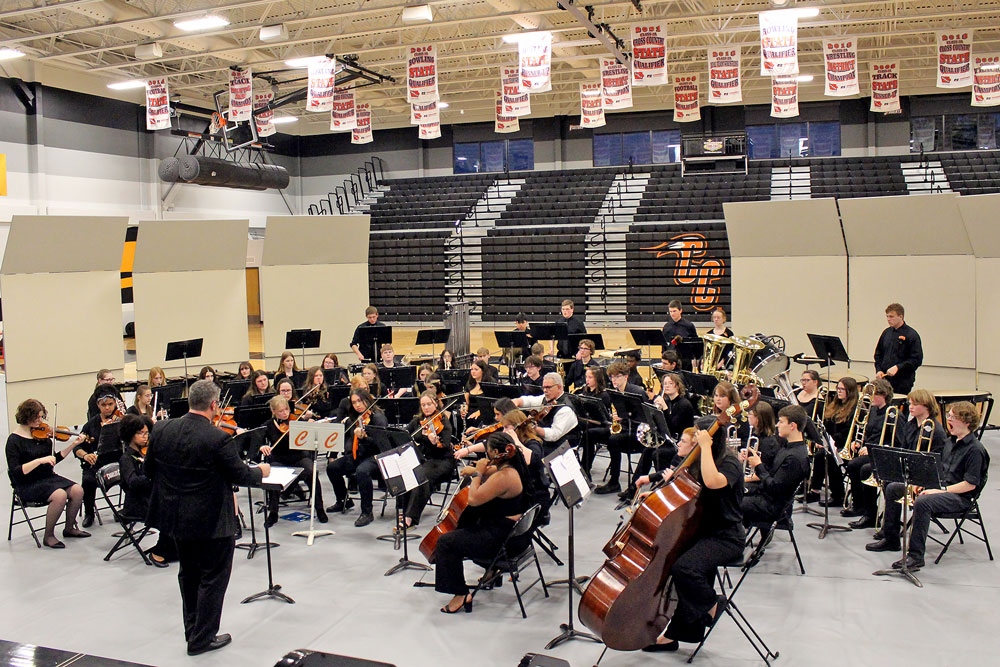



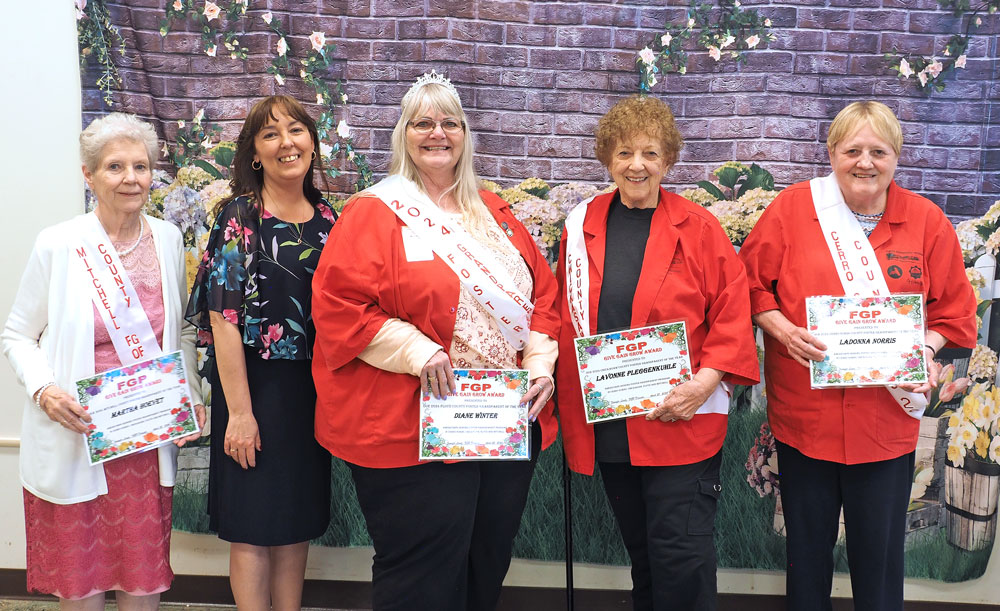


Social Share